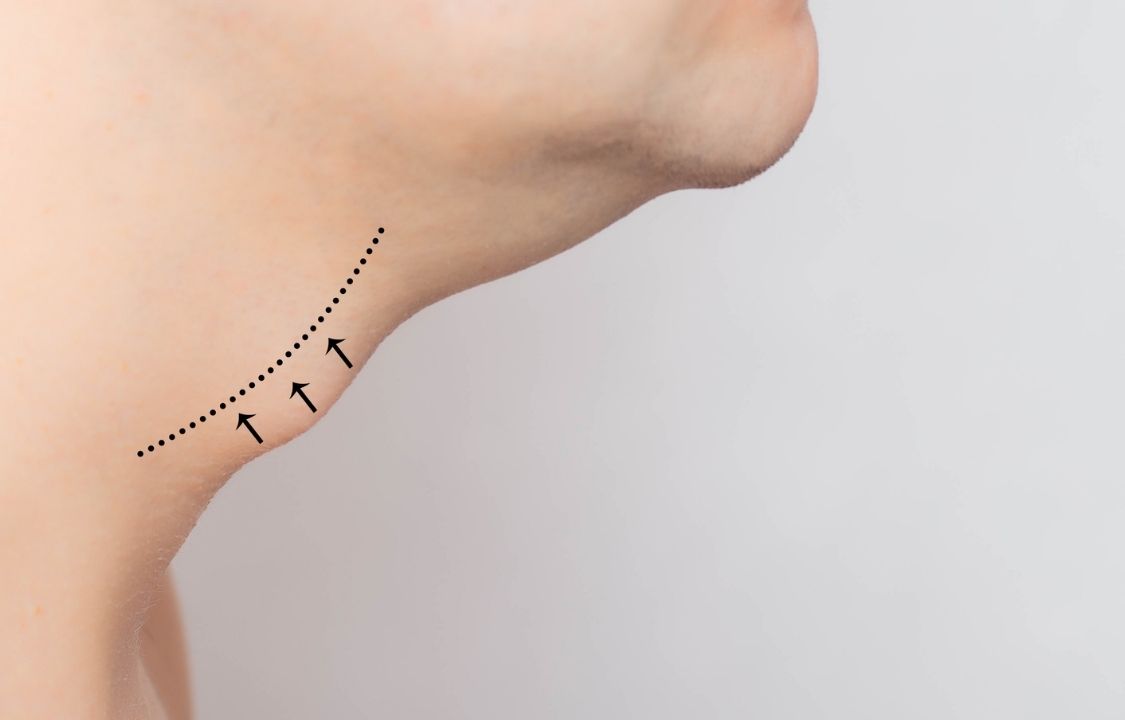Health Care, Insight
Everything You Need to Know About Adam’s Apples
The Adam’s apple, that distinct bulge of cartilage at the front of the neck, is a defining feature for many individuals. While commonly associated with males, it can also be present in females. Beyond its anatomical role, the presence and size of the Adam’s apple can hold significance in matters of gender identity. In this comprehensive exploration, we delve into the structure and development of the Adam’s apple, its role in vocal maturation, and the surgical options available to alter its size, all while respecting the diversity of gender identities.
Anatomy of the Adam’s Apple: Shielding the Vocal Cords
The Adam’s apple, also referred to as the laryngeal prominence or thyroid cartilage, is a prominent bump on the front of the neck composed of cartilage. Cartilage, a type of connective tissue, is distributed throughout the human body, serving various functions. In this case, the cartilage forming the Adam’s apple adopts a unique shape, resembling an open book or funnel, with its spine or the bottom of the funnel facing the front of the neck. This distinctive structure plays a crucial role in safeguarding the delicate vocal cords, also known as the larynx, which lie just behind it.
Interestingly, the Adam’s apple is classified as a secondary sex characteristic, indicating that it exhibits visible differences between males and females. In males, the larynx undergoes significant growth during adolescence, leading to the protrusion of the Adam’s apple. Conversely, in females, this growth is less pronounced, resulting in a less prominent or nearly imperceptible Adam’s apple. This variation is intrinsically linked to vocal maturation. For males, the development of the Adam’s apple corresponds with the deepening of their voice, a quintessential aspect of their journey through puberty.
It’s crucial to acknowledge that not all individuals who identify as female were born with female reproductive organs, and likewise, not all individuals who identify as male were born with male reproductive organs. Gender is a diverse and multifaceted spectrum, and this article respects the nuances of gender identity, using language that aligns with the research presented.
The Developmental Journey of the Adam’s Apple
During childhood, the size and shape of the thyroid cartilage and larynx are quite similar across genders. However, as puberty unfolds, these structures undergo transformative changes. The thyroid cartilage, initially cylindrical in shape, begins to morph into an open book or funnel shape. This metamorphosis coincides with the descent of the thyroid cartilage, marking the progression towards a more defined Adam’s apple.
These structural alterations are not abrupt but evolve gradually in tandem with the hormonal changes that characterize puberty. As such, the development of the Adam’s apple is an integral part of the maturation process experienced by individuals during their adolescent years.
Unraveling the Mystery: Why Isn’t the Adam’s Apple Prominent in Most Women?
The absence or subtle appearance of the Adam’s apple in most women has intrigued scientists, and while no definitive answer exists, several factors are believed to contribute to this phenomenon. Importantly, it’s worth noting that the visibility or size of the Adam’s apple can influence how an individual’s gender is perceived.
Testosterone, a sex hormone primarily associated with males, plays a pivotal role in the enlargement of the larynx and thyroid cartilage. In cases where females have elevated levels of testosterone or transgender women undergoing hormone therapy, the Adam’s apple may become more apparent. In such instances, individuals may opt for surgical interventions to reduce the prominence of this structure, along with changes in vocal tone.
The Size Matters: Adam’s Apples and Social Perception
Research has shed light on the social implications of Adam’s apple size, particularly in the context of gender perception. Studies indicate that individuals with larger Adam’s apples tend to possess deeper voices. This correlation can impact how others perceive an individual’s gender identity.
One study found that a less prominent Adam’s apple was associated with a more feminine perception, whereas a more pronounced Adam’s apple was linked to a more masculine perception. Intriguingly, these perceptions did not extend to judgments of attractiveness.
The Possibility of Alteration: Surgical Options for the Adam’s Apple
For individuals who seek to modify the size of their Adam’s apple, surgical procedures offer a viable solution. Notably, these surgeries can be instrumental in alleviating symptoms of gender dysphoria and aligning an individual’s physical appearance with their gender identity.
Chondrolaryngoplasty: This surgical procedure involves the removal of a portion of the thyroid cartilage to reduce its prominence. Widely considered safe and effective, chondrolaryngoplasty typically results in temporary throat discomfort, with rare instances of hoarseness or damage to the vocal cords. Patient satisfaction with the outcomes of this procedure is generally high.
Facial Masculinization Surgery: While not directly impacting vocal tone, facial masculinization surgery can enhance the appearance of the Adam’s apple, providing a more prominent contour. For transgender men, testosterone therapy often contributes to vocal deepening, making this additional surgical intervention unnecessary. Recovery times for this procedure may vary, with potential side effects including temporary hoarseness or, in rare cases, damage to vocal nerves and cords.
In summary, the Adam’s apple, an often distinctive feature of the neck, has a vital role in protecting the vocal cords and is intrinsically linked to vocal maturation. Its presence or size can be influenced by factors such as hormones and genetics, and surgical procedures offer individuals the option to modify its appearance in alignment with their gender identity. As we navigate the complexities of gender identity, it is essential to respect and celebrate the diversity of experiences and expressions.

